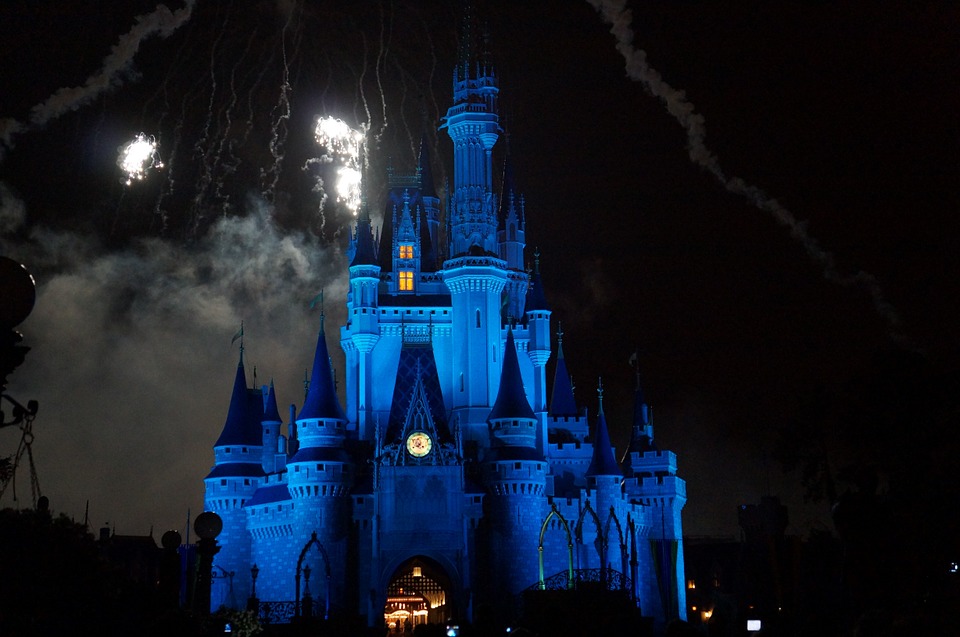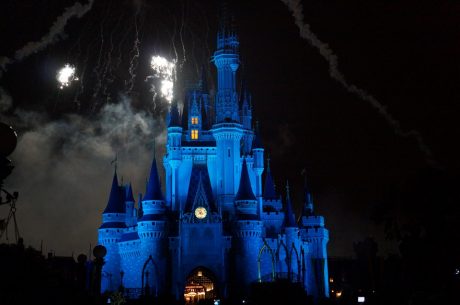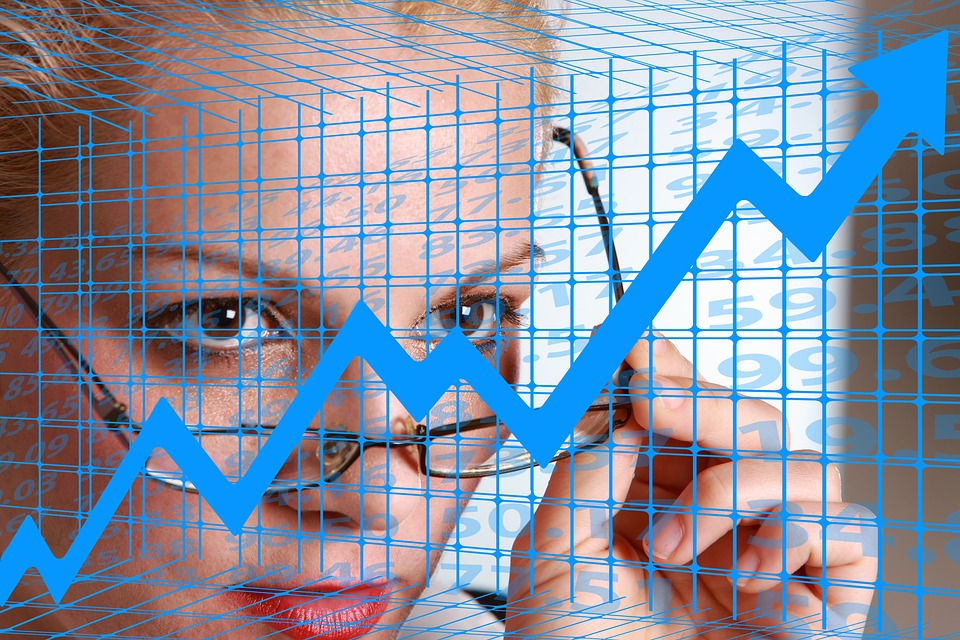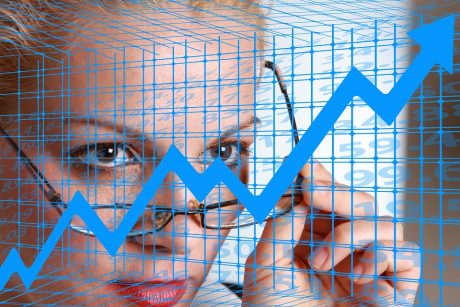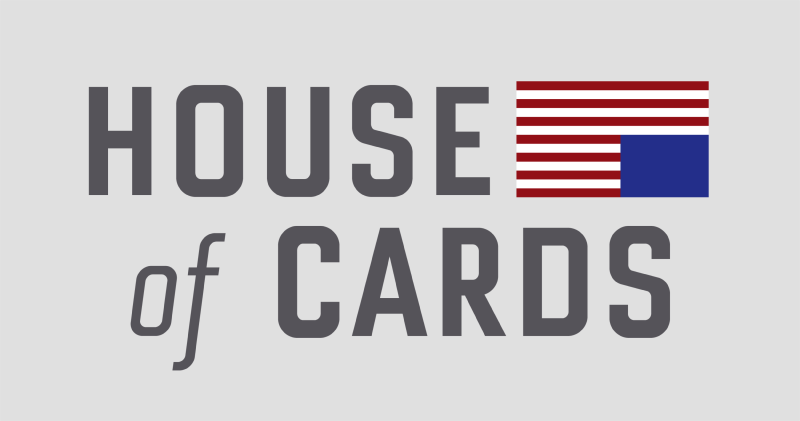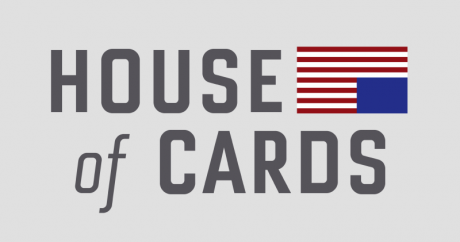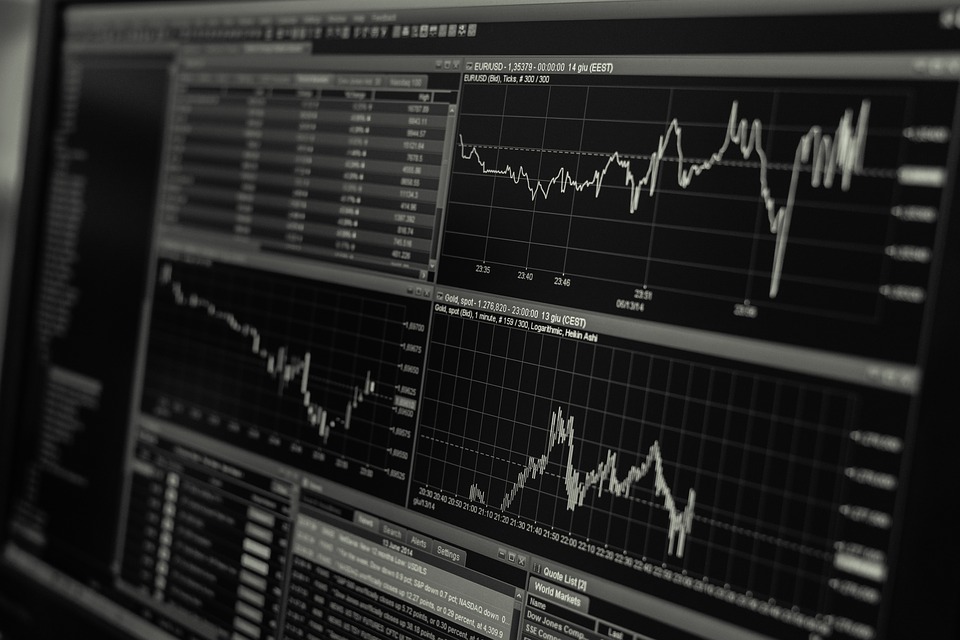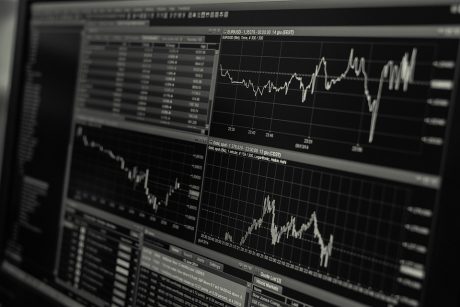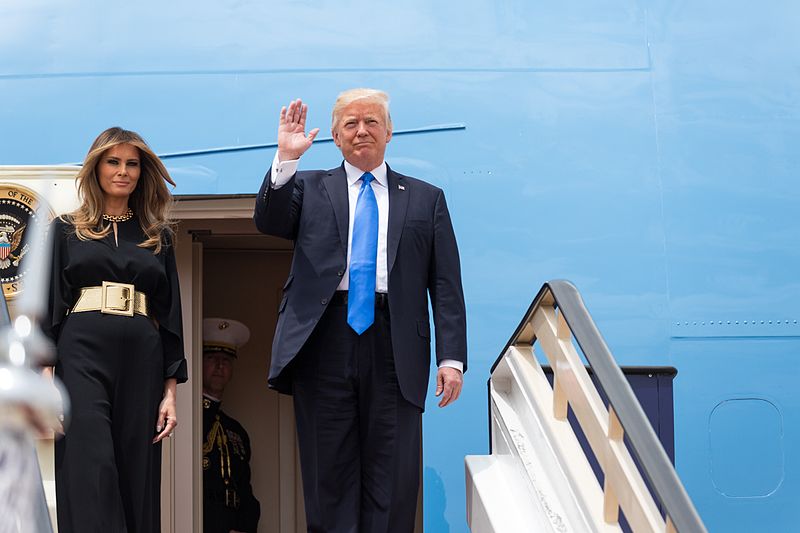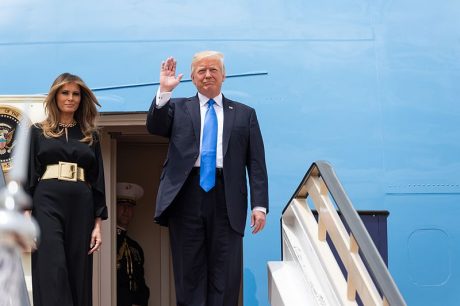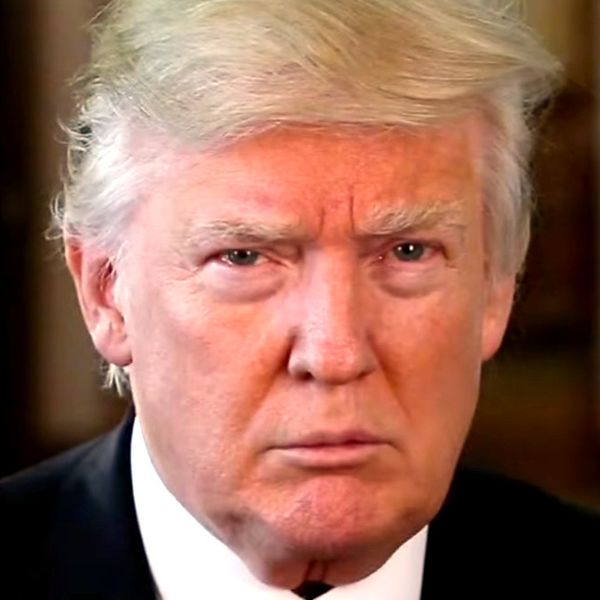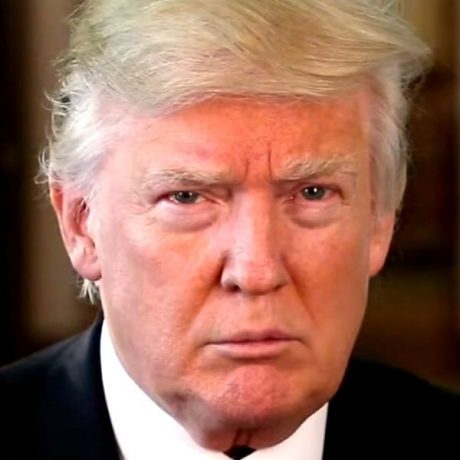 One mystery trader has made an extremely large bet that the stock market is going to crash by October, and if he is right he could potentially make up to 262 million dollars on the deal. Fortunes were made and lost during the great financial crisis of 2008, and the same thing will happen again the next time we see a major stock market crash. But will that stock market crash take place before 2017 is over? Without a doubt, we are in the midst of one of the largest stock market bubbles in U.S. history, and many prominent investors are loudly warning of an imminent stock market collapse. It doesn’t take a genius to see that this stock market bubble is going to end very badly just like all of the other stock market bubbles throughout history have, but if you could know the precise timing that it will end you could set yourself up financially for the rest of your life.
One mystery trader has made an extremely large bet that the stock market is going to crash by October, and if he is right he could potentially make up to 262 million dollars on the deal. Fortunes were made and lost during the great financial crisis of 2008, and the same thing will happen again the next time we see a major stock market crash. But will that stock market crash take place before 2017 is over? Without a doubt, we are in the midst of one of the largest stock market bubbles in U.S. history, and many prominent investors are loudly warning of an imminent stock market collapse. It doesn’t take a genius to see that this stock market bubble is going to end very badly just like all of the other stock market bubbles throughout history have, but if you could know the precise timing that it will end you could set yourself up financially for the rest of your life.
I want to be very clear about the fact that I do not know what will or will not happen by the end of October. But one mystery investor is extremely convinced that market volatility is going to increase over the next few months, and if he is correct he will make an astounding amount of money. According to Business Insider, the following is how the trade was set up…
- To fund it, the investor sold 262,000 VIX puts expiring in October, with a strike price of 12.
- The trader then used those proceeds to buy a VIX 1×2 call spread, which involves buying 262,000 October contracts with a strike price of 15 and selling 524,000 October contracts with a strike price of 25.
- For reference, bullish call spreads are used when a moderate rise in the underlying asset is expected. Traders buy call options at a specific strike price while selling the same number of calls of the same asset and expiration date at a higher strike.
- In a perfect scenario, where the VIX hits but doesn’t exceed 25 before October expiration, the trader would see a whopping $262 million payout.
I will be watching to see what happens. If this mystery investor is correct, it will essentially be like winning the lottery.
But just because he has made this wager does not mean that he has some special knowledge about what is going to happen.
For example, just look at what Ruffer LLP has been doing. They are a $20 billion investment fund based in London, and they have been betting tens of millions of dollars on a stock market crash which has failed to materialize so far. But even though they have lost so much money already, they continue to make extremely large bearish bets…
As of earlier this week, Ruffer had spent $119 million this year betting on a stock market shock, $89 million of which had expired worthless, according to data compiled by Macro Risk Advisors. The investor has gradually amassed holdings of about 1 million VIX calls through three occasions so far in 2017, and each time a significant portion expired at a loss.
Blame a subdued VIX for the futility. The fear gauge was locked in a range of 10 to 14 for the first three months of 2017, and while it has since climbed to as high as 15.96, it has been stuck well below 14 since a single-day plunge of 26% nine days ago. Earlier this week, the index closed at its lowest level since February 2007.
But that doesn’t mean Ruffer is giving up. Already loaded up on May contracts, the firm has continued to buy cheap VIX calls expiring later in the year — wagers costing about 50 cents.
I can understand why Ruffer has been making these bets. In a rational world, stocks would have already crashed long ago.
The only way that stock prices have been able to continue to rise is because of unprecedented intervention by global central banks. They have been pumping trillions of dollars into the financial markets, and this has essentially completely destroyed normal market forces. The following comes from David Stockman…
The Fed and its crew of traveling central banks around the world have gutted honest price discovery entirely. They have turned global financial markets into outright gambling dens of unchecked speculation.
Central bank policies of massive quantitative easing (QE) and zero interest rates (ZIRP) have been sugar-coated in rhetoric about “stimulus”, “accommodation” and guiding economies toward optimal levels of inflation and full-employment.
The truth of the matter is far different. The combined $15 trillion of central bank balance sheet expansion since 2007 amounts to monetary fraud of epic proportions.
In the “bizarro world” that we are living in today, many companies are trading at prices that are more than 100 times earnings, and some companies are actually trading at prices that are more than 200 times earnings.
Stock prices have become completely and totally disconnected from economic reality. As I discussed the other day, U.S. GDP has only risen at an average yearly rate of just 1.33 percent over the past 10 years, but meanwhile stock prices have been soaring into the stratosphere.
Nobody in their right mind can claim that makes any sense at all. Just like in 2000, and just like in 2008, this absolutely ridiculous stock market bubble will have a horribly tragic ending as well.
Once again, I don’t know what the exact timing will be. Stocks could start crashing tomorrow, but then the Swiss National Bank could swoop in and buy 4 million shares of Apple just like they did during the months of January, February and March earlier this year.
The biggest players in this ongoing charade are the global central banks. If they decide to keep pumping trillions of dollars into global financial markets, they may be able to keep the bubble going for a little while longer.
But if at any point they decide to withdraw their artificial assistance, those that have placed huge bets against the market are going to make absolutely enormous piles of cash.
Michael Snyder is a Republican candidate for Congress in Idaho’s First Congressional District, and you can learn how you can get involved in the campaign on his official website. His new book entitled “Living A Life That Really Matters” is available in paperback and for the Kindle on Amazon.com.

